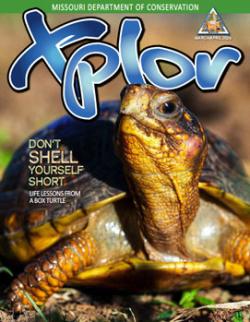
Xplor reconnects kids to nature and helps them find adventure in their own backyard. Free to residents of Missouri.


































Stay in Touch with MDC news, newsletters, events, and manage your subscription

Xplor reconnects kids to nature and helps them find adventure in their own backyard. Free to residents of Missouri.

A monthly publication about conservation in Missouri. Started in 1938, the printed magazine is free to residents of Missouri.
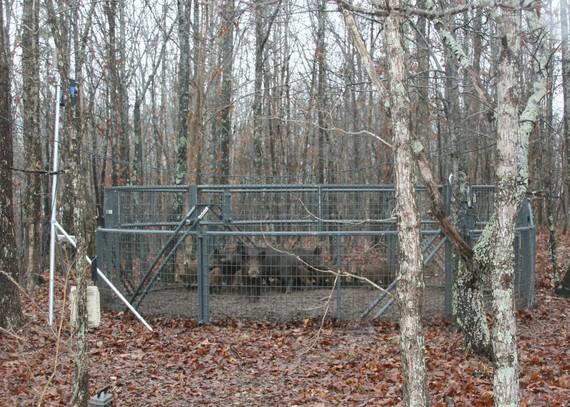
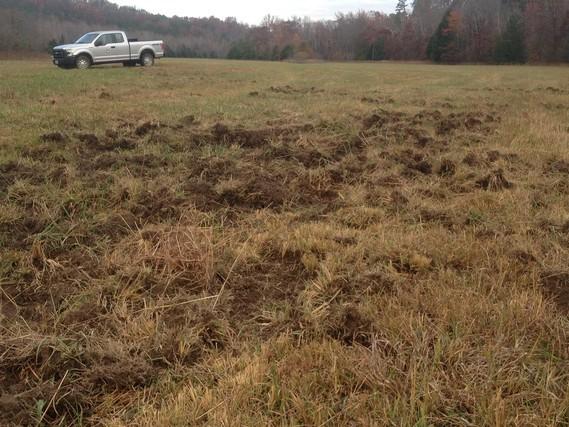
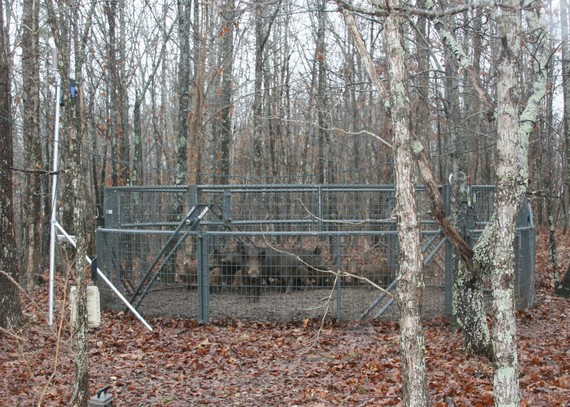
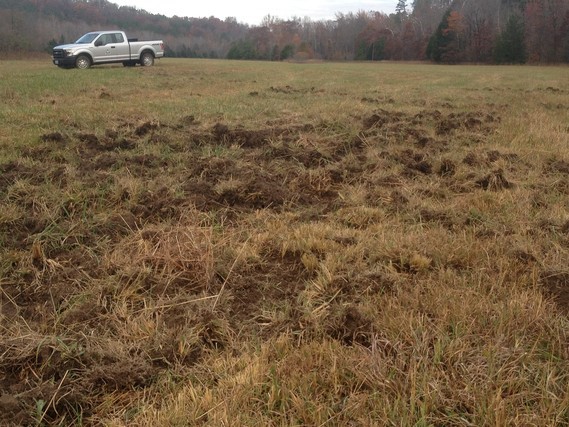
JEFFERSON CITY, Mo. – When state and federal agencies receive a report of feral hog sightings or sign on private land, a member of the Missouri Feral Hog Elimination Partnership is dispatched to review the evidence and visit with the landowner. Trapping is a process that takes time. It’s a long-term solution to a long-term problem, so it’s important that landowners know what to expect when they embark on the process of eliminating feral hogs on their land.
The partnership is made up of 12 state and federal organizations that work together on feral hog elimination. Partnership members participating in on-the-ground trapping efforts include the U.S. Forest Service (USFS), Missouri Department of Conservation (MDC), USDA APHIS Wildlife Services (USDA WS) and the L-A-D Foundation.
“We respond to the initial request within five working days to let the landowner know we received their request and give them a timeframe of when they can expect a visit from us,” said Jason Jensen. Normally MDC’s private lands chief, Jensen is currently representing MDC as an incident commander on the elimination partnership.
Jensen said when visiting with a landowner, they’ll be walked through the process, step by step on what will happen.
“We tell them how we’ll place the bait and game camera, how we ensure the feral hogs are hitting the bait consistently before we set up the trap, how it’s important that they get accustomed the trap before we set a trigger, and how we catch and dispatch them,” he said.
Jensen said the team works to communicate with the landowner frequently, so the landowner knows how the effort is progressing.
“When we get the full sounder of feral hogs, we will pull the trap and take it to the next site, but we can always come back if needed,” Jensen said.
Jensen said before the process begins, it’s important for landowners and the trapping team to agree on refraining from activities that could impede the trapping process. For example, although it takes some time to bait, set traps and ultimately trap the feral hogs, hunting and shooting at feral hogs that come to a trap will condition them to stay away from traps.
“This is why we ask landowners to take a break from hunting or shooting at hogs, because it conditions those hogs that a trap with corn equals getting shot at and ultimately causes the hogs to be trap shy,” Jensen said.
One complication landowners should be aware of is that, since corn is used to bait feral hogs, sometimes deer and turkeys will also gather at a bait station. To keep landowners and hunters from being in violation of baiting laws, MDC conservation agents and landowners work with the trapping technicians to designate a “No Hunting Zone” around the trap site and, if possible, allow hunting on the remainder of the property, subject to approval of the landowner. The size of the no hunting areas are determined by a conservation agent. The same occurs on public land where no hunting areas are designated around trapping and baiting sites during deer and turkey season.
“On smaller properties, we typically suspend hog trapping efforts until after all hunting has stopped,” Jensen said. “If you are hunting deer on 40 acres, there’s a good chance that you are probably going to run the hogs off your property anyway. Ultimately, the decision to stop trapping and hunt, or stop hunting and trap, or have a no hunt zone is up to the landowner.”
After eliminating feral hogs, the landowner makes the decision of what is done with the carcasses. If the landowner does not want the carcasses, technicians dispose of the carcasses on the property.
“One of the most common questions we receive about disposing of feral hog carcasses is if they can be eaten,” Jensen said. “While there are many people that eat feral hog meat, it’s important to know that wild, unvaccinated hogs can be a reservoir for many diseases and parasites.”
Animal disease control and prevention is a priority in the feral hog population from the Missouri Department of Agriculture’s perspective. The USDA plays a cooperative role by testing around 100 feral hogs each year in Missouri. In the past, feral hogs have tested positive for diseases that concern hog farmers, like pseudorabies and brucellosis. It is against state regulations to possess, transport or breed feral hogs without an MDA permit. Due to the risk of disease, it’s also important landowners note that carcasses cannot enter the food supply.
“State and federally regulated processing centers cannot accept euthanized feral hogs for donation due to the possibility of disease,” Travis Guerrant, USDA APHIS Wildlife Services State Director, said. “If we are trapping on private land, the landowner makes the decision of what is done with the carcass – whether to keep the carcass or to dispose of it.”
From start to finish of the feral hog trapping process, Jensen said the most important thing for landowners to know is that they’re in control of what happens on their land.
“We work with the landowner the entire time. If they want to stop trapping during hunting seasons, that’s what we do. If they want to work with us to eliminate feral hogs from their property, that’s what we do,” he said. “To be successful in complete elimination of feral hogs from Missouri, we absolutely must work together.”
Jensen also said deer and turkey season is a good time to watch out for feral hog sign while out in the woods. Report feral hog signs or sightings at www.mdc.mo.gov/feralhog.